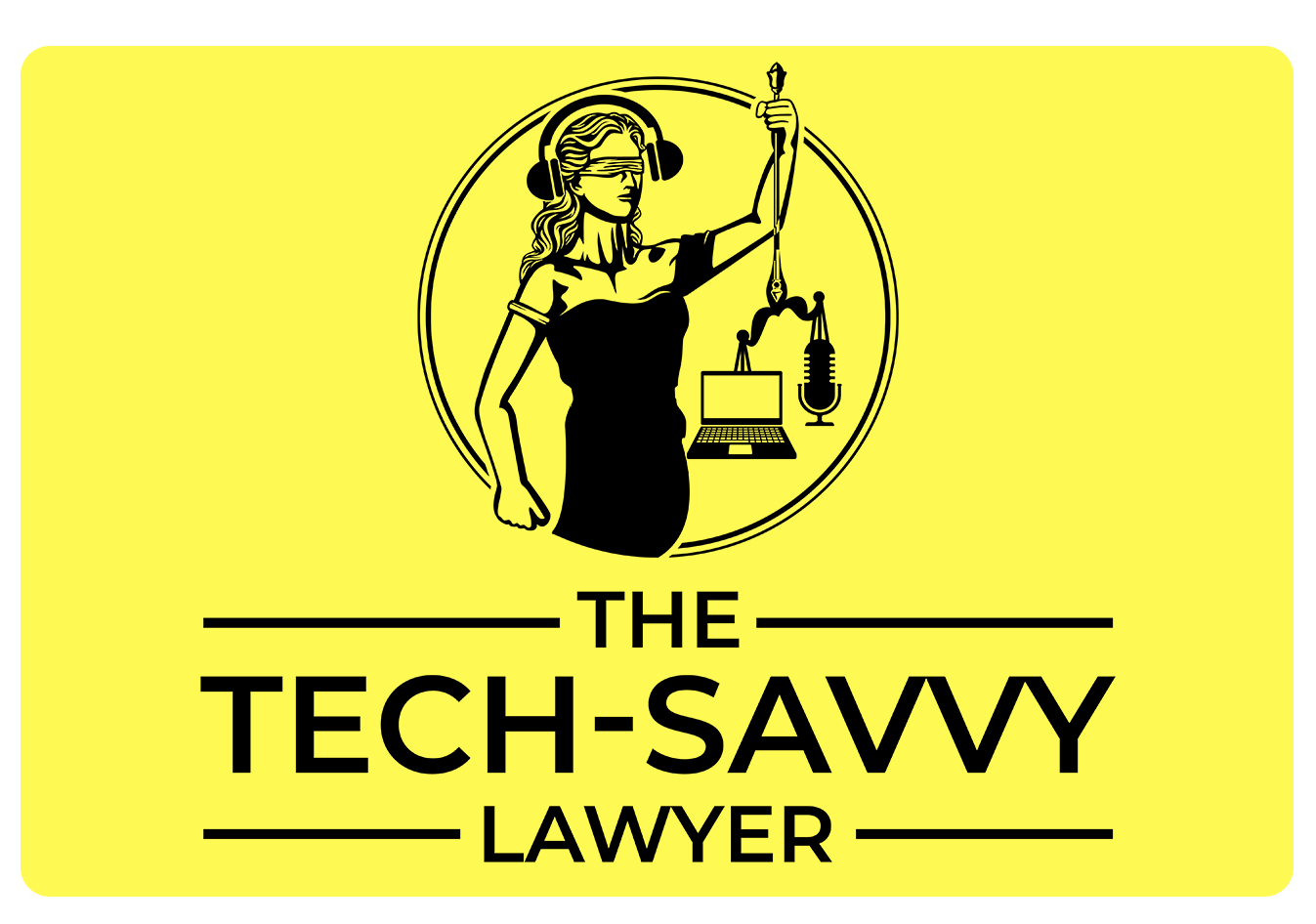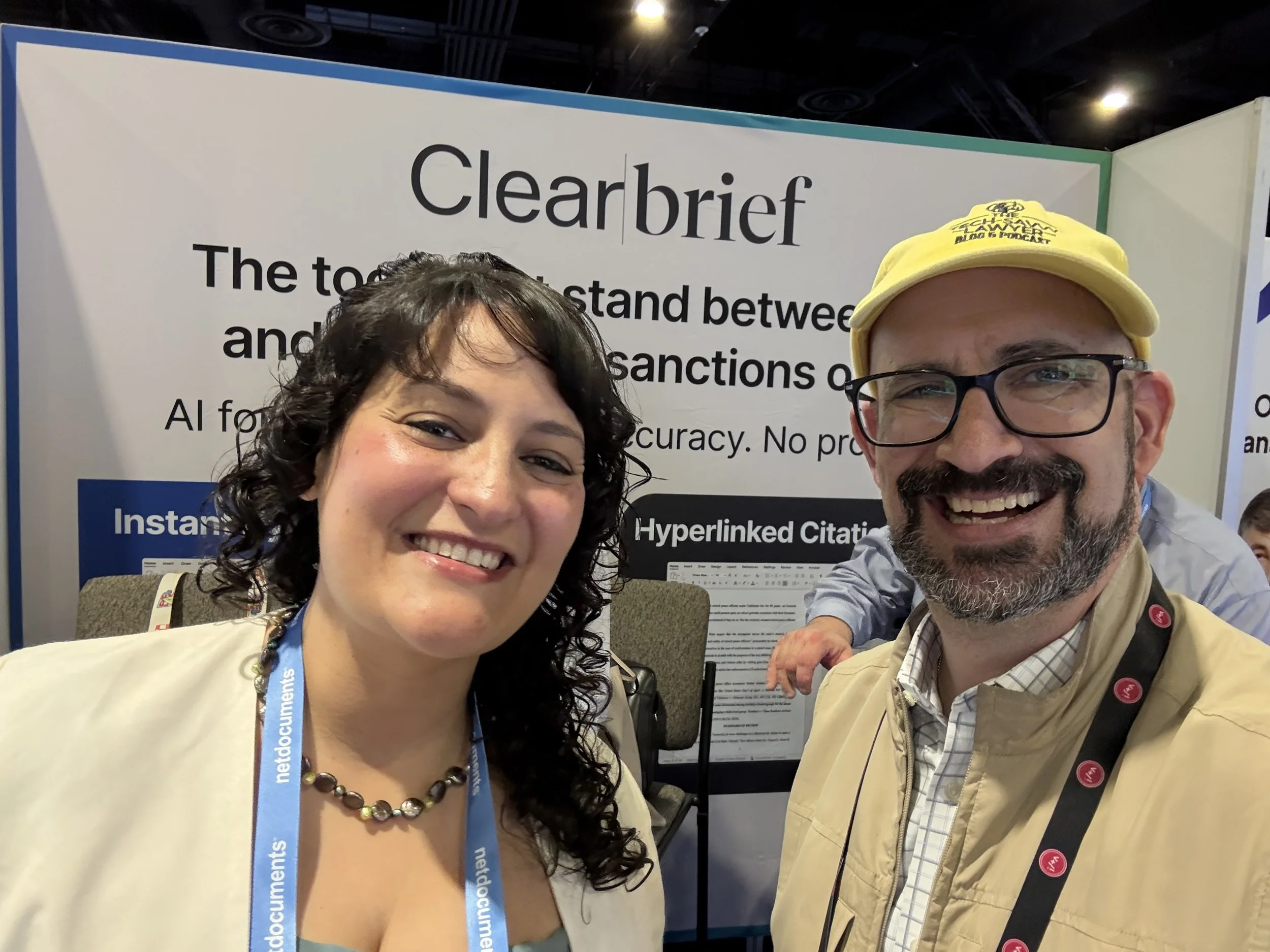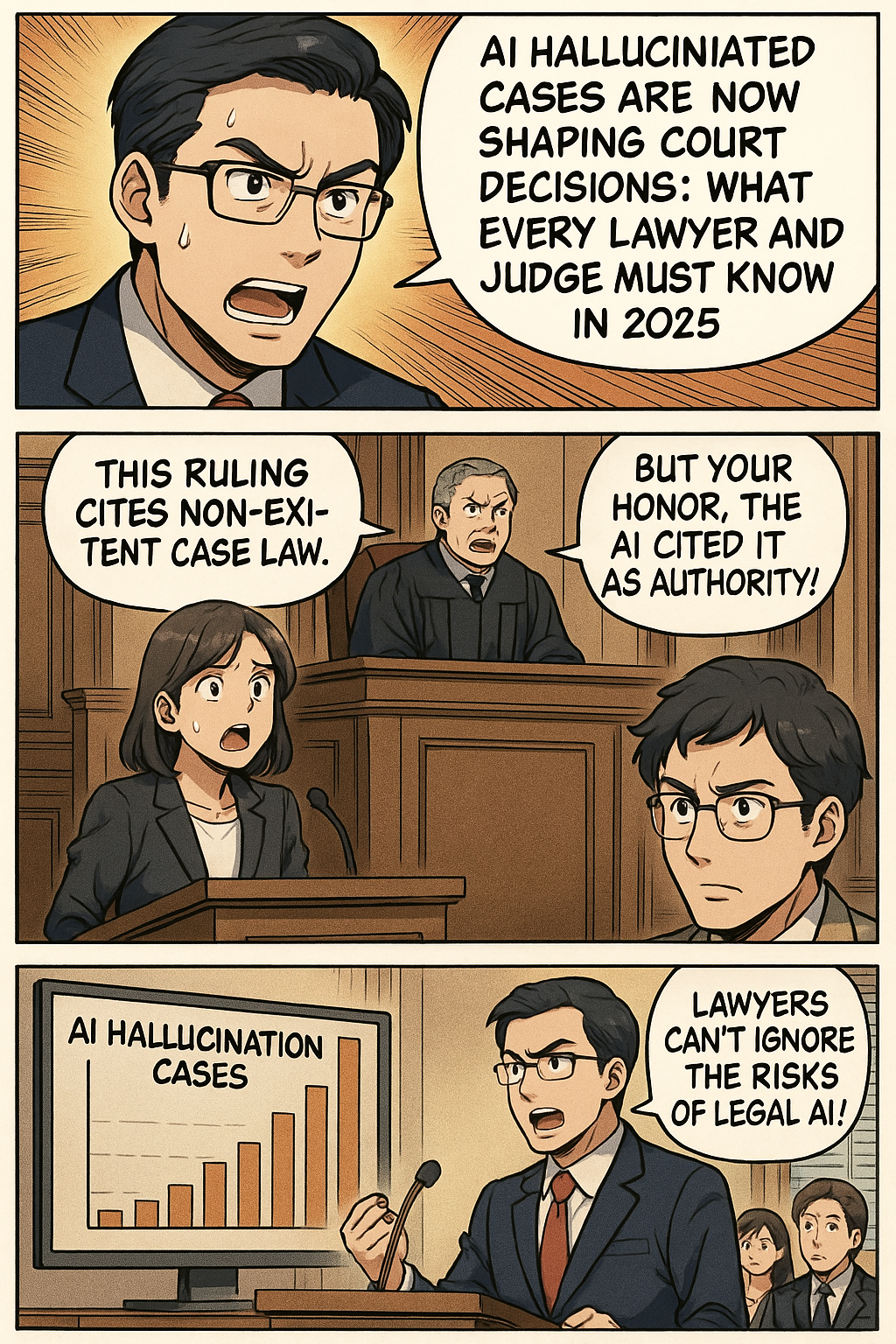The billable hour debate intensified. The "Bill(AI)ble Hours: The Debate Continues" session explored how AI's efficiency gains might fundamentally alter legal economics, with the audience showing more support for alternative fee arrangements (AFAs) than opposition. The discussion centered on capturing value creation rather than time tracking, though the majority agreed the billable hour wouldn't disappear within the next five years.
Multidisciplinary integration emerged as essential rather than optional. SenGupta described the breakdown of the divide between legal and non-legal roles, citing examples like White & Case's integration of project managers into client teams and DLA Piper's consulting unit working hand-in-glove with lawyers. These cross-functional teams are becoming critical for delivering client value.
🎯 Strategic Takeaways for Legal Professionals
For Solo and Small Firms: While ILTACON traditionally targets larger firms, this year's vendor presentations often included scalable solutions. The key insight? Start with AI tools that integrate with existing workflows rather than requiring complete system overhauls.
For Mid-Size Firms: Investment in knowledge management infrastructure emerged as the critical success factor. The KM Roundtable revealed that firms implementing AI without proper data governance struggle to achieve meaningful results.
For Large Firms: Change management and user adoption dominated discussions. Technical capability matters less than organizational readiness to embrace new workflows. The overview from these sessions is that robust workflows and a positive organizational culture are essential building blocks for effective AI adoption.
🔧 Practical Implementation Insights
The most valuable sessions provided actionable frameworks rather than theoretical discussions. The "Actionable AI Strategy & Policy" session offered specific methodologies for balancing governance with flexibility, with speakers emphasizing the need for a mellable but strong foundational governance policy.
Vendor interactions proved particularly valuable. The exhibit hall's "Pirate's Bounty" theme encouraged exploration, and many attendees reported discovering solutions through peer recommendations rather than vendor pitches.
Technology evaluation challenges were evident. The KM Roundtable revealed "POC fatigue" as teams try to evaluate numerous AI tools while managing regular workloads, with general skepticism about which tools will have longevity.
🚢 Looking Ahead: Charting the Course























